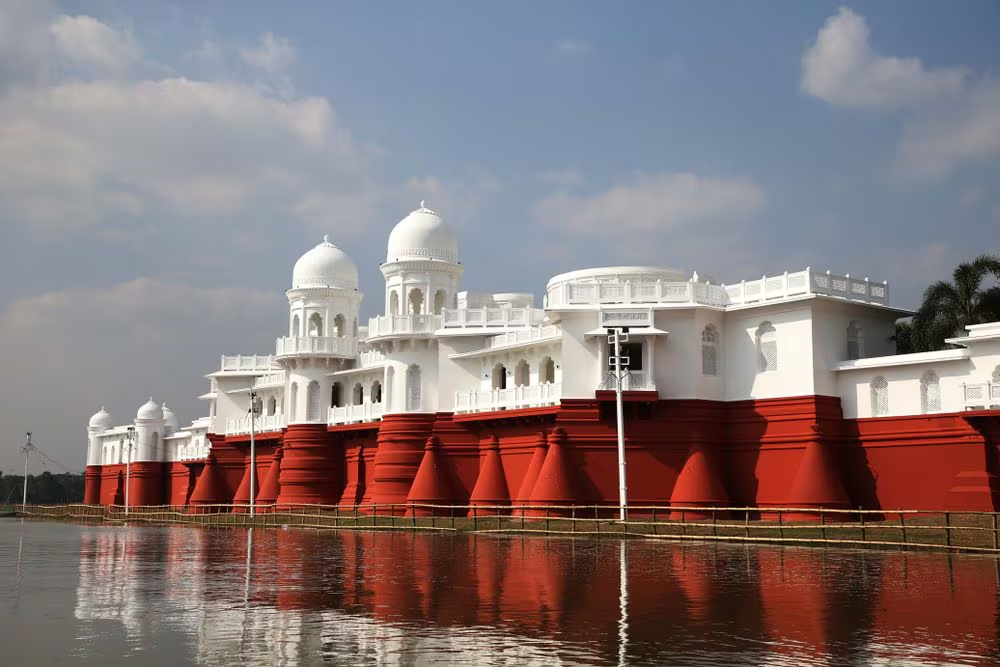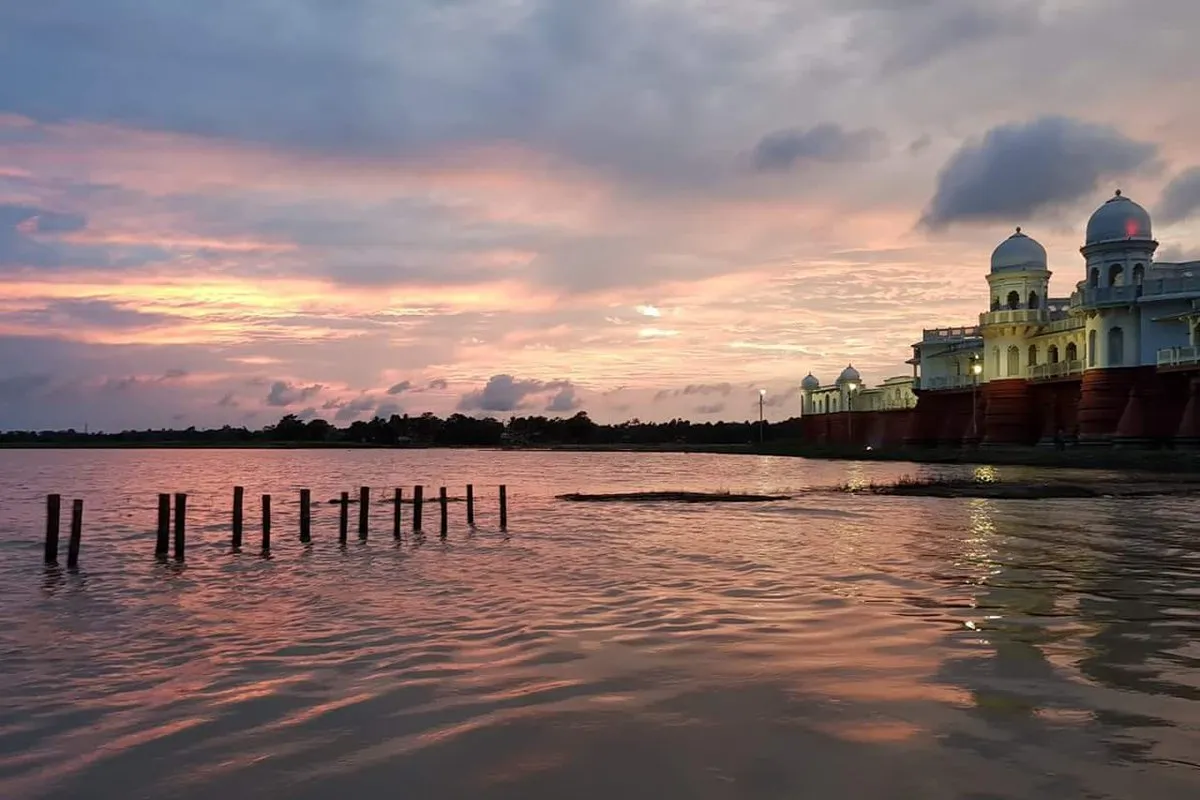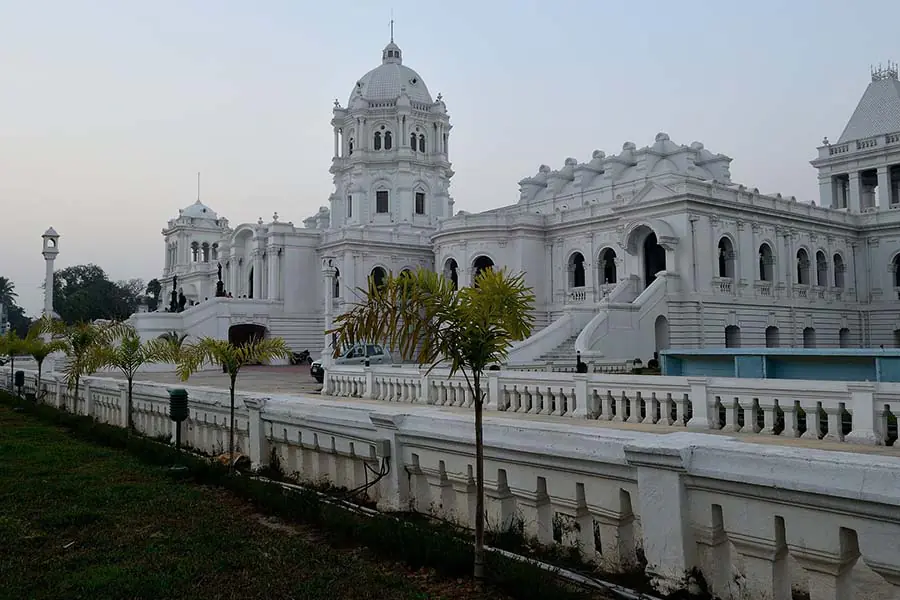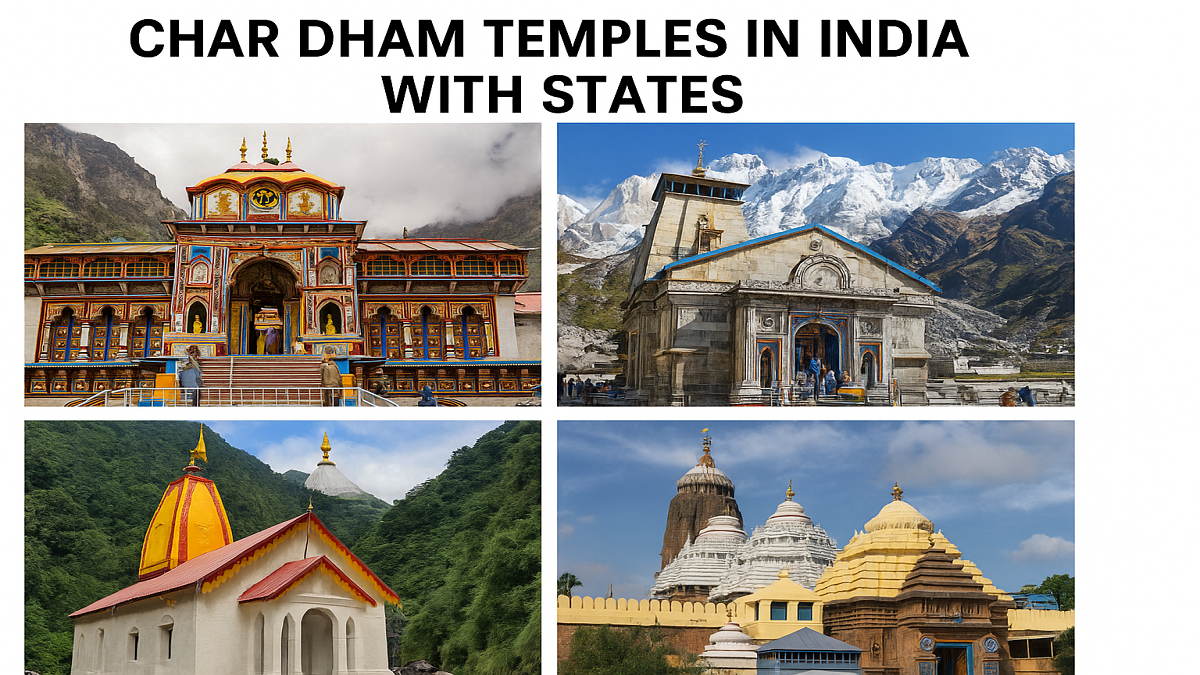Curiously, often the smallest crevices of this planet harbor the greatest marvels. Such is the charm of Tripura. At most times, while traveling to the most northeastern part of India, this tiny state could remain unnoticed by many travelers. It is then that those who do dare find the land a wonderland. Palatial legacies speak of divine shrines and assembled colors in tribal art along with tumultuous food and green vistas, making Tripura feel like a book in lively-alive waiting to be read aloud.
A Glimpse into Tripura’s Essence
Tripura is the third smallest among the noted “Seven Sisters” of India. Where it falls short in size, it compensates adequately in terms of tradition, antiquity, and soulful heritage. Picture a land where kings engraved their reign by building palaces, where indigenous people still dance to the rhythm of drums, and where the cuisine tastes like the forest itself – it is with this meaning that Tripura is modest yet mesmerizing.
Temples That Crown Tripura’s Fame
Tripura Sundari Temple
The renowned Tripura Sundari Temple, one of the 51 Shakti Peethas, is atop the ancient city of Udaipur. Millions of pilgrims flock annually to pay their homage to the goddess. Beyond the faith, its artistic excellence recounts of artisans who chiseled stone into poetry.
Chaturdasha Devata Temple (Temple of Fourteen Gods)
This temple encompasses fourteen deities under a single roof. The effervescent Kharchi Puja comprises hymns and drums along with fervent rituals that fill this shrine with a festival of light and faith.
Kamalasagar Kali Temple
On the verge of the Bangladesh frontier, the Kamalasagar Kali Temple lies serenely beside a placid lake. While many devotees are drawn by the worship service, wanderers come to this equal spiritual retreat for relaxation and scenic beauty.
Royal Echoes in Marble and Stone
Ujjayanta Palace
A splendid reminiscence of the Manikya dynasty, the Ujjayanta Palace is located at Agartala. Celebrating tales of bejeweled kings, the brilliant halls of this museum encapsulate the time of the kings and golden history. Glamorous lawn shines like an emerald carpet.
Neermahal Palace
Neermahal is sometimes referred to as the Lake Palace of the East; it floats serenely on the waters of Rudrasagar. This is a heavenly creation which combines Mughal intricacies with Hindu grandeur. At dusk, its reflection onto the lake is as though the waters carried an artist’s canvas of fire and gold.
Kunjaban Palace
With an aura of allurement and sophistication, Kunjaban Palace is one of the most outstanding palaces that were once the summer houses of the royals of Tripura. Kunjaban has a simplistic beauty, an allusion to royalty.

Nature’s Untamed Enchantment
Jampui Hills
Adept at earning the reputation of “eternal hills of spring,” Jampui Hills adorn a cloak of orange orchards and misty breezes. The temperate climate here, thanks to the sun, gives a similar condition as of the high hills.
Sepahijala Wildlife Sanctuary
Nature here sings. Sepahijala is home to clouded leopards, mischievous primates, an army of airborne immigrants, and a sprawling botanical treasure. This is less a sanctuary than a living symphony.
Unakoti Rock Carvings
Where mythology and rock intersect lies the Unakoti gigantic tablet of Hindu deities, some of which are carved over a millennium ago. Its name, which means “one less than a crore,” talks about divine abundance engraved in granite.
Handcrafted Wonders of Tripura
From bamboo bending here and there, artisans of Tripura are busy converting it into baskets, lamps, mats, and even jewelry. Sustainable crafts are loved and cherished far beyond their place of origin. Handloom weaving too thrives with tribal women spinning colorful rignai shawls and sarees in keeping with age-old motifs. Tribal jewelry made of beads, shells, and silver is not mere ornamentation but identity chiseled into adornments.
Festivals that Ignite the State
Kharchi Puja
Presently is all about the festival, which honors fourteen guardian deities. For seven days, rituals are performed, chants are intoned, and dances are performed to transform temples into cosmic theaters.
Garia Puja
Garia Puja tribals celebrate the fruits of their labour. Blessings for the harvests and for livelihood are bestowed, and folk songs and dances light up an entire village. Bamboo dances are accompanied by rhythmic chants.
Durga Puja
The emotional outburst very respected culture in the gathering of Tripura is best and most celebrated with celebrations that exist with great enthusiasm and vigor.

Gastronomic Delights of Tripura
The food here expresses in equal measures the forest and the fire. The quintessential food for the state, Mui Borok, is based on rice, fish, and meat. A kind of fermented fish called berma gives this sauce an odorous and tangy flavor that is quite unlike any spice. Bamboo shoots are pickled, put into curries, and stewed-fresh and earthy scent. Smoked fish with pork broth unbelievably assaults the senses with sheer brutality.
Threads of Tribal Life
The nineteen tribes form a rich tapestry in Tripura’s social conditions. The dances they perform, such as Hojagiri, a dance in which women sway gracefully holding bottles on their heads, caught the attention of great audiences. The traditional wear, rignai-skirt and risa-scarf reflect the hues of forests and rivers. Folklore, music, and storytelling tie communities closer than bloodline.
Uncommon Jewels for Travelers
Tripura keeps some lesser-known gems as well. The Heritage Park at Agartala condenses the legacy of the state into miniature displays. The Pilak Archaeological Site boasts relics of Buddhist and Hindu artistry. Chabimura, with its humbling cliffside carvings by the banks of the Gomati River, is an experience beyond words.
Why the World Whispers about Tripura
Tripura, as such, has no particular claim to fame-it is the very orchestration of many. Its shrines, its royal palaces, the tribal artistry, its hills, and its flavors all weave a unique harmony. Compared to other states that are usually teeming with tourists, Tripura maintains its quietness, making discovery here personal and intimate.
Practical Compass for Visitors
- Best Season: The season for the temperate climate is from October through March.
- Reaching There: Agartala is well connected by road, rail, and air.
- Local Lore: Stroll through tribal bazaars, savor the local cuisines, and always respect local traditions.
Epilogue
There is a little state on the map of Tripura, but it is a universe by itself. The temples are filled with devotion. The palaces murmur royal stories. From forests full of life to cuisine loud with flavor, every step of the dance, every thread of the loom, every stone carved tells a tale of courage and beauty. The journey here is an unlayering of the very hidden parts of India, not known to the average traveler. Tripura is not a state alone; it is an awakening.
Also Read: The Most Enchanting Haven in Arunachal Pradesh – India’s Veiled Treasure


